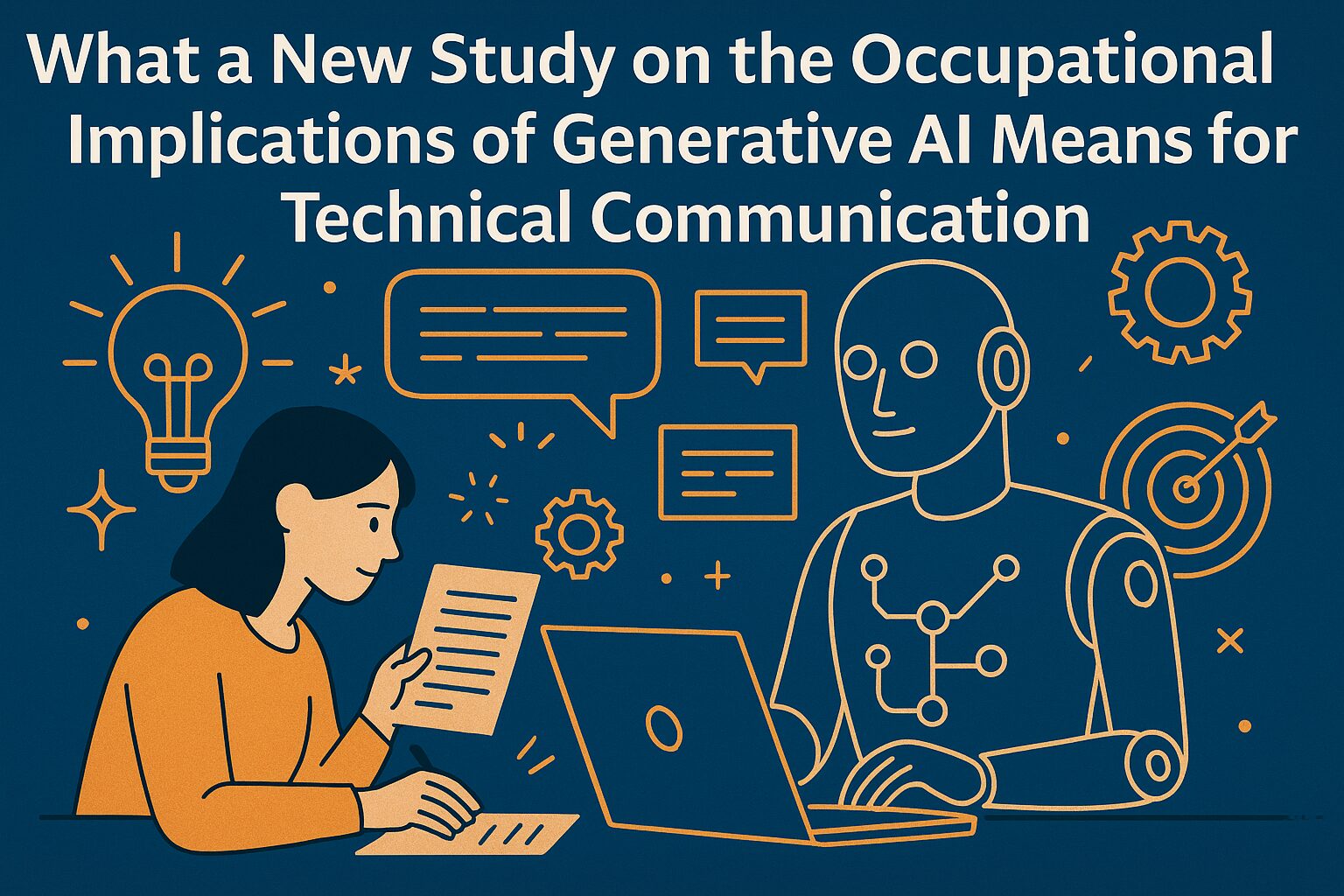
Generative AI has been heralded as a transformative force in the workplace, but what does that actually mean for specific professions? A recent study by Tomlinson et al. (2025) offers one of the clearest snapshots yet of the occupational implications of generative AI, analyzing 200,000 anonymized U.S.-based conversations with Microsoft Bing Copilot to understand how AI is being used in real work activities and which occupations stand to be most affected.
The researchers distinguish between user goals (what the human is trying to accomplish) and AI actions (what the AI actually does). This separation reveals something important: in 40% of conversations, the AI’s actions and the user’s goals don’t even overlap. That means AI is often augmenting, not replacing, human work, acting more like a collaborator than a stand-in.
Understanding the Occupational Implications of Generative AI
Using the O*NET work activity taxonomy, the study assigns an AI applicability score to different occupations based on three factors:
- How often their core work activities show up in AI-assisted conversations.
- How successfully AI completes those activities.
- The breadth of those activities AI can handle (“scope of impact”).
Technical writers rank among the top occupations by AI applicability. Why? Because many high-success AI-assisted activities—information gathering, writing, and explaining complex topics—are at the heart of technical communication.
Other top-ranked roles include interpreters/translators, historians, editors, and sales representatives. Occupations with heavy physical, manual, or machine-operating tasks scored much lower. This distribution is a critical part of the occupational implications of generative AI, showing that knowledge- and communication-heavy fields will experience the most change.
Key Findings Relevant to Technical Communicators
- Core activity alignment: Information gathering, drafting, and explaining—AI’s sweet spots—are also core technical communication activities. This means high potential for AI to assist in drafting, revising, and tailoring documentation.
- Shift toward advisory roles: AI often functions as a teacher/advisor. This suggests a future where technical communicators increasingly curate, verify, and contextualize AI outputs for specific audiences.
- Skill refocusing: The study found lower applicability for tasks involving nuanced data analysis and visual design. These may be areas technical communicators should deepen to maintain a competitive edge.
- Quality assurance as a growth area: Even in high-applicability tasks, AI’s scope of impact is usually only moderate. This opens up more work in evaluating, editing, and aligning AI-generated content with organizational and compliance requirements.
- Emerging roles: The report notes the potential for entirely new occupations. For technical communication, this could mean jobs like AI Output Auditor or AI Conversation Designer.
Why These Findings Matter Now
While this study doesn’t predict layoffs or salary changes directly, it does signal that the occupational implications of generative AI will be felt most strongly in knowledge- and communication-focused fields. For technical communicators, the takeaway isn’t “AI will replace us,” it’s “AI will change the way we work, and we need to be ready.”
The strategic response?
- Lean into AI-augmented drafting and editing.
- Build skills in complex, less automatable areas like data analysis, UX writing, and visual design.
- Position yourself as an AI-aware content strategist, someone who knows how to get the best from these tools while safeguarding accuracy and clarity.
Generative AI isn’t just another tool, it’s a shift in how work is structured across entire professions. For technical communicators, understanding the occupational implications of generative AI is key to navigating this change, seizing new opportunities, and protecting the unique value human experts bring to the table.
